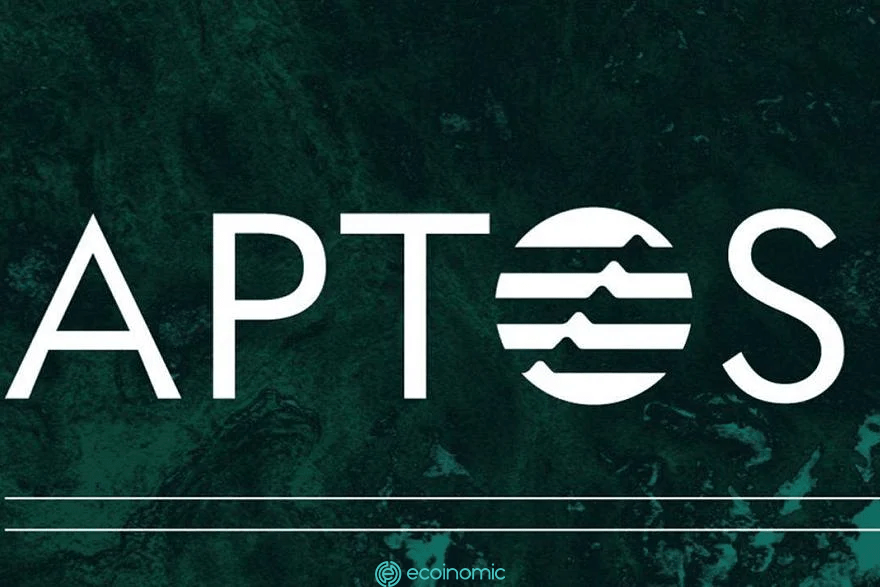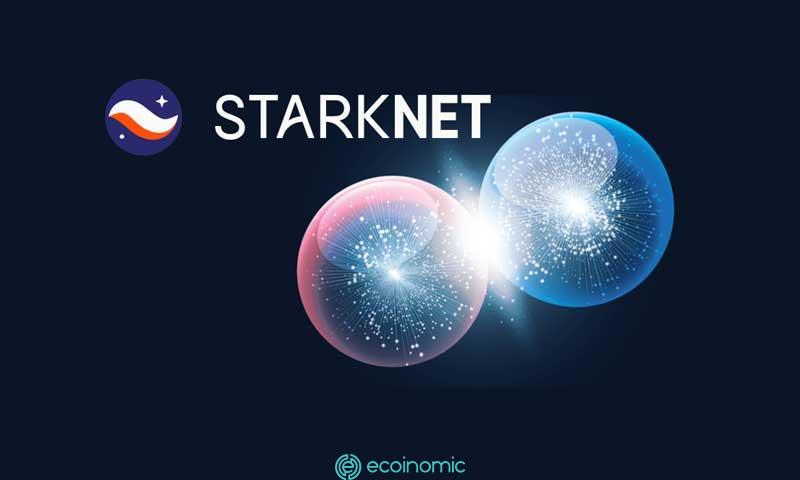Advertisement
Access to capital is the backbone of any industry, especially the mining industry, and nascent and dynamic cryptocurrency companies are no exception. For digital asset operators, it’s even more important to need capital because these companies need large sums of money for facilities and equipment to grow.
In 2021, as Bitcoin (BTC) reaches new heights, investors have poured money into miners in both the public and private sectors. But now that Bitcoin and the broader cryptocurrency market are no longer as high as they were last year, market capital has dried up for the digital asset industry as investors become more wary of risks.
With operators’ profit margins falling from 90% to around 60-70% in 2022, growing in a fiercely competitive industry becomes more challenging.
But this doesn’t stop operators from expanding their companies by upgrading mining computers and processing power, or hash speeds. The majority of them have signed contracts to receive mining computers in 2022.
So how can cryptocurrency mining companies raise capital to grow in the context of bitcoin’s price remaining at current levels for a long time and investors hesitant about risky assets?
According to experts and those involved in the industry, miners need to be more creative and even have to merge with each other.

Why invest in cryptocurrency operators?
First of all, let’s clarify a question: Why should we invest in cryptocurrency mining companies when investors can buy digital assets from an exchange?
The main reason that investors put money into public cryptocurrency mining companies is because they serve as an agent for investing in Bitcoin. Many people are hesitant to invest directly in cryptocurrencies because of regulatory concerns.
Theoretically, by investing in mining companies that hold their Bitcoins, investors are making a profit on the mined currency at a cheaper price than the market while owning a real business. At the same time, investors can easily buy or sell shares of public operators.
“Public operators are the best choice for most investors because they offer an approach to this fast-growing asset class through their available liquidity. This creates a more optimal market entry position,” said Ben Gagnon, chief mining officer of public cryptocurrency miner Bitfarms (BITF).
In particular, in a low-cost market, public exchange miners can provide better value to investors because their prices are highly correlated (nearly 70%) with crypto assets, and stocks often offer better bullish prospects as the market recovers.
A year for the mining industry to reshape
However, such a high correlation also leaves investors with many downsides.
If cryptocurrency prices continue to fall significantly as they did in 2022, operators’ shares fall even faster, creating a sea of red for investors. This is when capital runs out and investors begin to reconsider operators. They will look for companies that can be separated from the market in the long run, rather than buying a large number of companies.
Moreover, the increase in profit margins in 2021 has led to more companies entering the sector, making the market saturated with many of the same operators and business models. This becomes a problem when the price of Bitcoin falls from its peak.
“Investors have expressed frustration with a digital asset-declared industry that lacks classification,” Wall Street investment bank analyst Lucas Pipes Lucas Pipes said in a recent study.
Pipes said he expects a larger classification among operators in 2022 as they try to achieve their business plan goals and pursue greater access to adjacent markets. Pipes says that mining companies that integrate or own facilities to power and operate their own mining machinery have an ideal location for this development.
As an example of this shift, Pipes mentions Stronghold Mining (SDIG), which uses energy for both digital asset mining and the open electricity trading market. Or like the Hut 8 data center business (HUT) used for both digital asset mining and cloud computing.
In fact, diversification is becoming a trend among recent miners to separate themselves from competitors in the market. Most recently, mining company Argo Blockchain (ARBK) launched a division within the company that performs a variety of tasks in addition to mining in the blockchain ecosystem.
Besides, Hut 8 has purchased a cloud and server data center business from TeraGo to branch out into Web 3 infrastructure.

A growing market
In a market where investors are looking for a unique operator, if a company tries to raise capital by offering shares, this will dilute shareholders and the stock will likely be punished. Meanwhile, increasing debt can also become costly as lenders demand greater interest rates on developing companies. To maintain profitability in a competitive market, operators need to find more creative ways to raise funds for their development plans.
“The offers available to operators now are very different from what they were six months ago,” said Ruslan Zinurov, CEO of private Bitcoin miner Merkle Standard. However, it appears asset-based lending (ABL) will become a popular choice for those operators, he added.
In February 2022, Bitcoin miner CleanSpark (CLSK) said in a capital raising call that it would use the latest-generation, state-of-the-art Asic Mining equipment as a lever to raise capital.
“We believe this makes us more attractive to asset-based lenders and we are experimenting with ABL or similar assets to raise the capital needed to expand our operations,” said Gary Vecchiarelli, the company’s chief financial officer. CleanSpark says that other options include monetizing bitcoin that the company holds. This doesn’t mean just selling Bitcoin, the company can send money to a cryptocurrency lender for a profit.
Another form of recent popularity is Bitcoin-based lending. In December 2021, Bitfarms called for a $100 million bitcoin-based loan from Galaxy Digital. Besides operators, even Goldman Sachs (GS) and Wall Street banks are exploring cryptocurrency-based lending options.
According to GEM’s Warren, there will be more and more financial options on the day. “As the market matures, there will be more bank funding, and you will have more capital as different lenders receive credit lines from banks to lend and this causes capital prices to drop significantly for operators,” he explained.
But at this point, Warren thinks bitcoin-based loans are one of the cheapest forms of debt for operators, followed by asset-based debt. He said that at the moment convertible debts are very expensive because the market is still very young.
Mergers and acquisitions (M&A) have become more common
However, the cash crisis could become a reality for operators as profits fall, especially if the price of Bitcoin stagnates for a long time and capital scarcity while competition increases.
According to Fred Thiel, CEO of one of the largest publicly traded Bitcoin miners, Marathon Digital Holdings (MARA), such a context would prompt mergers from operators, especially those that are small and don’t have enough money.
“If you’re a smaller company and you’re trying to grow it’s going to be very difficult,” he said. “I think companies that are underfunded will start to struggle in the next year or two.”
Companies that have multiple computers to mine but can’t run them or don’t have enough capital to pay for them could be potential acquisition targets.
“You’ll see that M&A will become more popular in 2022 and the following year,” Thiel said.
This view was echoed by Sue Ennis, vice president of corporate development at Hut 8. “It is likely that we will see the merger of this industry as the Hash rate increases, especially if the current economy, geopolitics and inflationary environment remain volatile,” Ennis said.
Related: What is market cap? Explain crypto market capitalization in 2 minutes
















